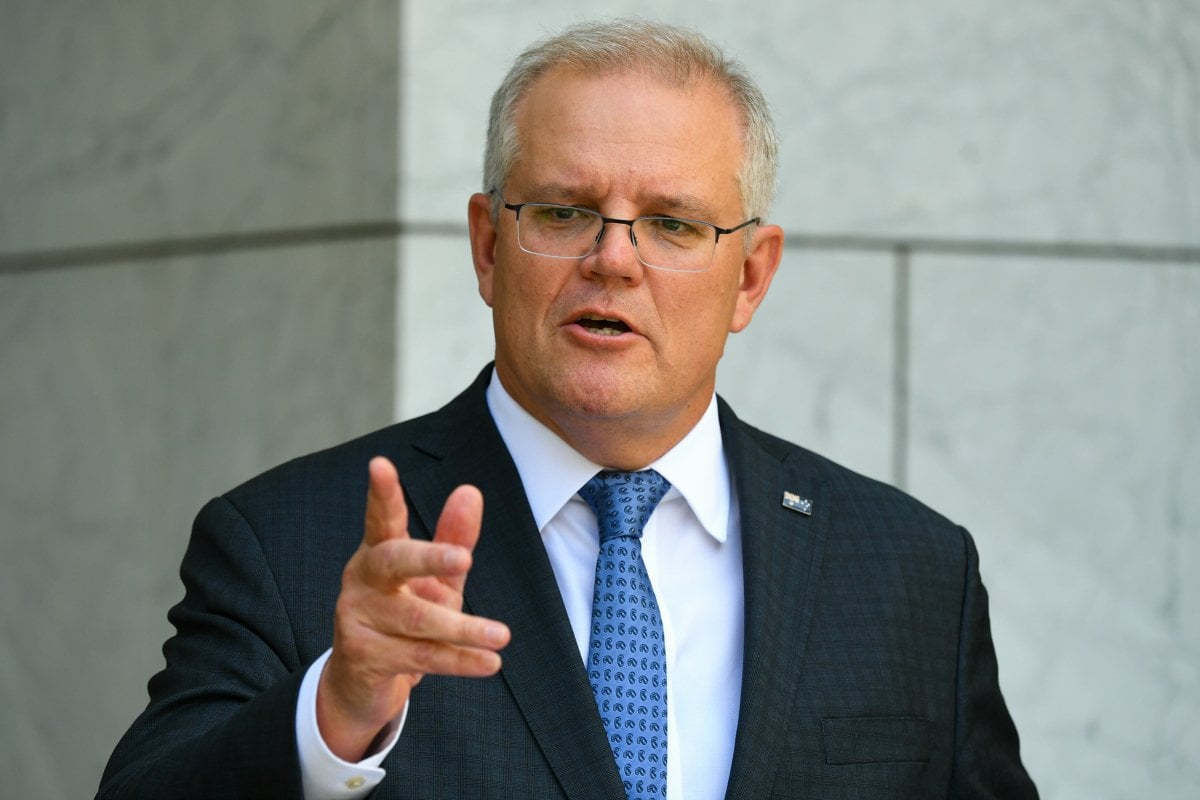
On Friday, the majority of state and territory leaders endorsed a plan to reopen Australia's internal borders by Christmas, following months of restrictions designed to curb the spread of COVID-19.
The three-step "Framework for National Reopening" was agreed to in principle by all but Western Australia, paving the way for interstate travel across most of the country by the end of the year.
"Certainly seven out of the eight states and territories will be open, and that will be a great day for Australia," Prime Minister Scott Morrison told media. "You never know — it might be eight."
Watch: Prime Minister Scott Morrison on the new Christmas border deadline.
The plan, which builds on the existing "roadmap to COVID normal", will be finalised at the next National Cabinet meeting on November 13.
So what exactly does the framework involve? And why isn't everyone on board?
Let's take a look.
Exactly what do they mean by "COVID normal"?
In making the announcement on Friday, Prime Minister Scott Morrison said, "The Framework will provide the Australian community and businesses with a way forward where Australians can live and work in a COVID normal Australia."
'COVID normal' refers to a situation in which we operate as normally as possible while still reducing the risk of outbreaks.
That aligns with Australia's suppression strategy, which acknowledges that we will likely be dealing with new cases of this highly infectious coronavirus until there is a vaccine.




























































































